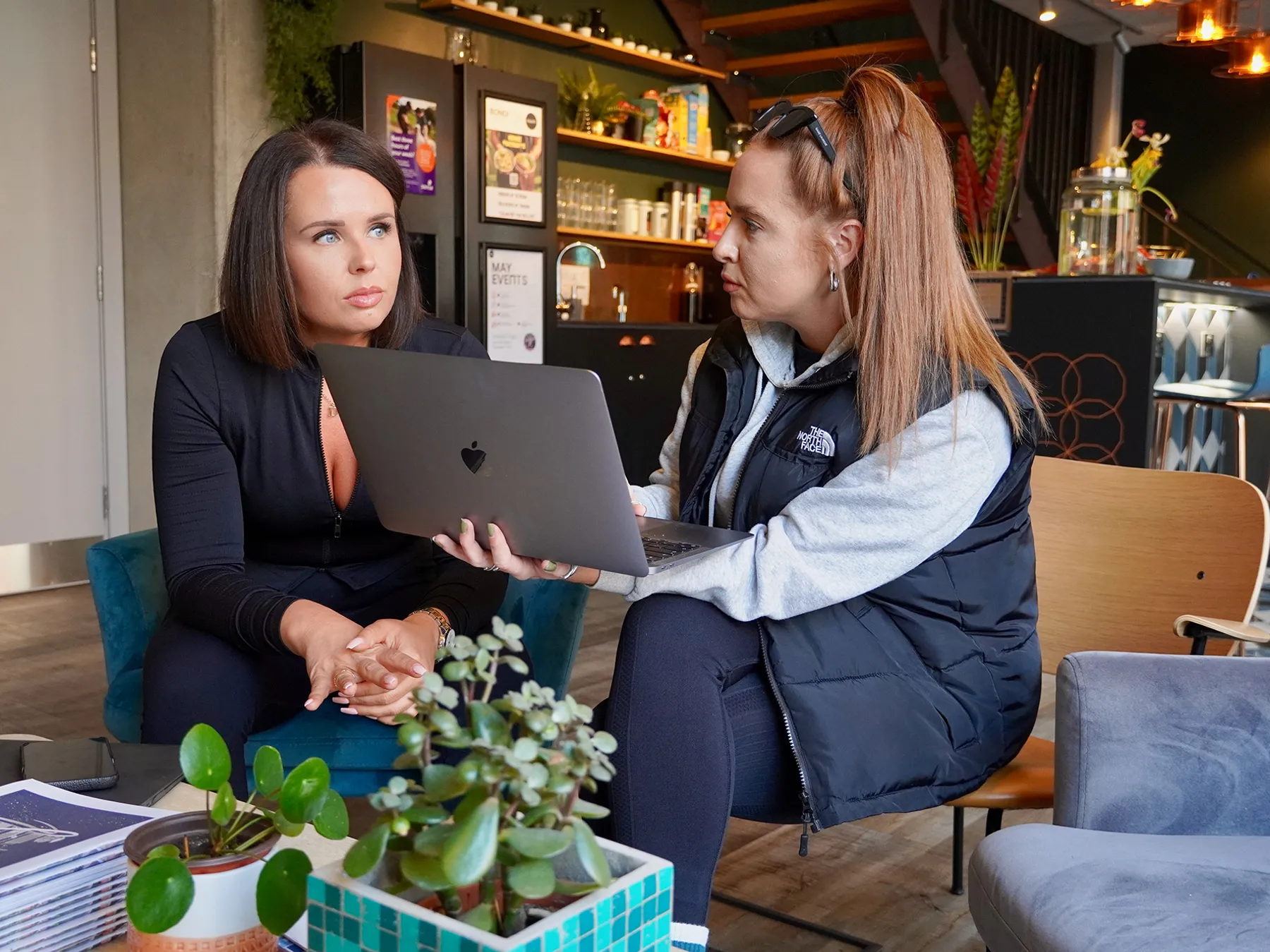Marketing Strategy
Branding
Activations
Social Media
Get to know us
Why Your Brand Needs to Think Bigger Than Its Industry


Jordan Stachini
Contents
Most brands are guilty of tunnel vision. They obsess over what their direct competitors are doing – colours, fonts, social media formats, taglines – as if that’s the gold standard. Spoiler: it’s not.
If you only look sideways, you’ll only ever end up where your competitors already are. And if you’re aiming to blend in, congrats – you do you. But if you want to lead? You’ve got to lift your head up and see the bigger picture. When it comes to your brand strategy - you need to spot the cultural currents your audience actually lives in.
Culture shapes your audience far more than your category does. The brands that dominate aren’t just playing the category game – they’re playing the culture game. Let’s get into the thick of it 👇.
Stop Looking Sideways
Here’s the classic mistake brands make: a new fashion brand launches and spends months checking out Zara, H&M, Mango, and ASOS. Then they end up looking like a watered-down version of Zara, H&M, Mango, and ASOS – same palette, same tone, same safe ideas – just without the budget, recognition, or cultural pull to back it up.
When you only study the players in your lane, you trap yourself in category sameness. That’s how you get:
The same washed-out beige palette because “that’s what’s trending.”
The same ultra-minimal Instagram feed because “that’s what everyone else does.”
The same meaningless “our values” page full of copy-paste buzzwords.
Instead, look outside. If you’re launching a skincare brand, don’t just look at skincare – look at what’s happening in wellness retreats, fitness studios, and even food culture. If you’re in travel, don’t just spy on airlines – look at how fashion brands sell escapism or how gaming brands create immersive worlds. Watch how film and music shape people’s bucket lists, or how social media trends shift what “adventure” even means. There’s so much opportunity lying in the culture around you – you just have to pay attention to it.

Culture Shapes Your Audience More Than Your Competitors Do
Your audience doesn’t live in a neat little “category box.” They live in a messy, overlapping world influenced by multiple cultural touchpoints – music, fashion, tech, sport, politics, memes, you name it. So in order to resonate with your audience, you need to understand the culture they’re part of, speak its language, and show up in the spaces they already care about.
The brands that get this win big.
LEGO – On paper, they sell toys. In practice, they’re part of creative culture. Collaborations with Adidas, Star Wars, Stranger Things – they’ve turned LEGO sets into collector’s items. People don’t just build them; they display them like art. It’s moved far beyond “kids’ playtime” into a full-blown hobby culture that crosses generations and taps into fandoms worldwide.
Patagonia – Not just an outdoor clothing brand – they sit at the centre of environmental activism. That stance shapes every product, campaign, and community initiative they run.
Bumble – More than a dating app, Bumble has embedded itself in modern relationship culture, women’s empowerment, and lifestyle experiences. Through ‘Bumble IRL,’ they’ve created events and spaces (both online and offline) where people can mingle, network, and connect beyond the swipe. They’ve even introduced Interest Badges – like skincare, dancing, run clubs, and crocheting – so finding someone you vibe with just got easier.
Guinness - Beyond beer ads, they’ve tapped into the rituals and culture that surround their product – like the tradition of “splitting the G,” where you drink to the middle of the letter G on the pint glass in your first sip. It’s a tiny detail, but it’s part of the shared Guinness experience. They’re nurturing the culture and in-jokes that make drinking it feel like being part of a club. It’s also something co&co engage in… a lot.
They’ve also leaned into:
👉 Sporting culture – Long-standing sponsorships in rugby and the Six Nations, positioning Guinness as part of the big-match ritual.
👉 Arts & creativity – The Guinness Storehouse isn’t just a tourist attraction—it’s a curated experience blending history, design, and storytelling, pulling them into the travel and cultural tourism space.
👉 St. Patrick’s Day ownership – They’ve made themselves synonymous with the global celebration, from parade sponsorships to cultural campaigns, turning a single day into a worldwide brand moment. It’s a red flag if you see someone drinking anything other than a Guinness on St. Paddy’s Day.
👉 Storytelling heritage – Campaigns like “Made of More” draw from film and documentary-style storytelling, playing in the cinematic space rather than sticking to typical FMCG advertising.
The lesson? If you know what cultural spaces your audience lives in, you can speak to them in ways your direct competitors can’t even see.

How to Make Cultural Relevance Part of Your Brand Strategy
At co&co, this is where the fun happens. We don’t just map your category – we map the culture your audience lives in, then build a brand strategy that connects the two.
Here’s how:
Zoom out
Identify the bigger cultural landscapes your audience is in. Are they into streetwear? Sustainability? E-sports? Slow living? These cultural signals shape buying behaviour more than your category trends do.Zoom in
Once we’ve got those cultural insights, we bake them into your brand DNA so it feels authentic, not opportunistic. If you’re a food brand tapping into wellness culture, that needs to run through your tone, packaging, partnerships – everything.Connect the dots
Link your category to those cultural spaces through experiences, collaborations, brand activations and storytelling. This could be a furniture brand collaborating with local music festivals, or a finance brand showing up in footwear culture through creative sponsorships.

The takeaway?
Your brand should be culturally relevant. Competitors can copy your features, your prices, even your look. But if you own a space in culture, you’re untouchable.
Stop obsessing over what the other guy in your lane is doing. Lift your head up, watch where culture’s moving, and build your brand strategy to move with it.
Need help? Let’s work together.

Speak to Jordan today
Grab a brew. Have a read
You might also like...






